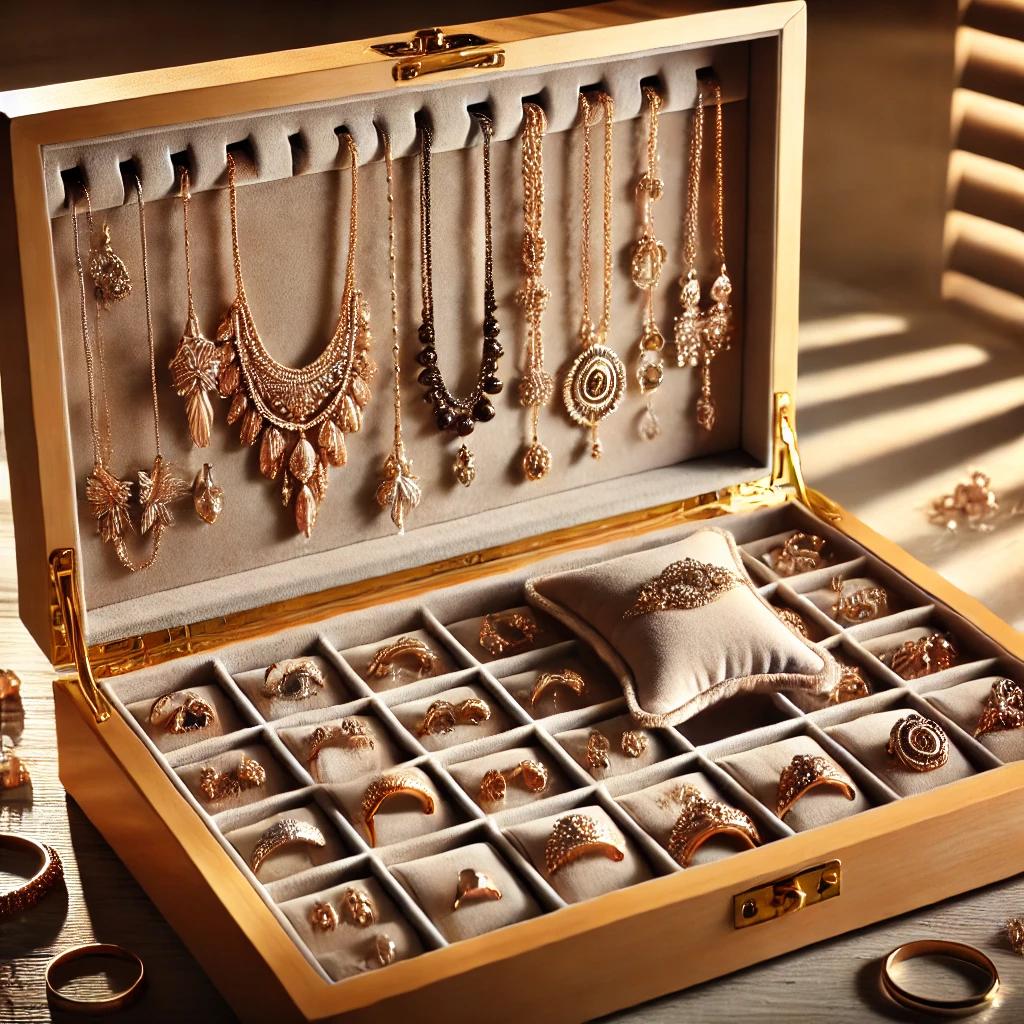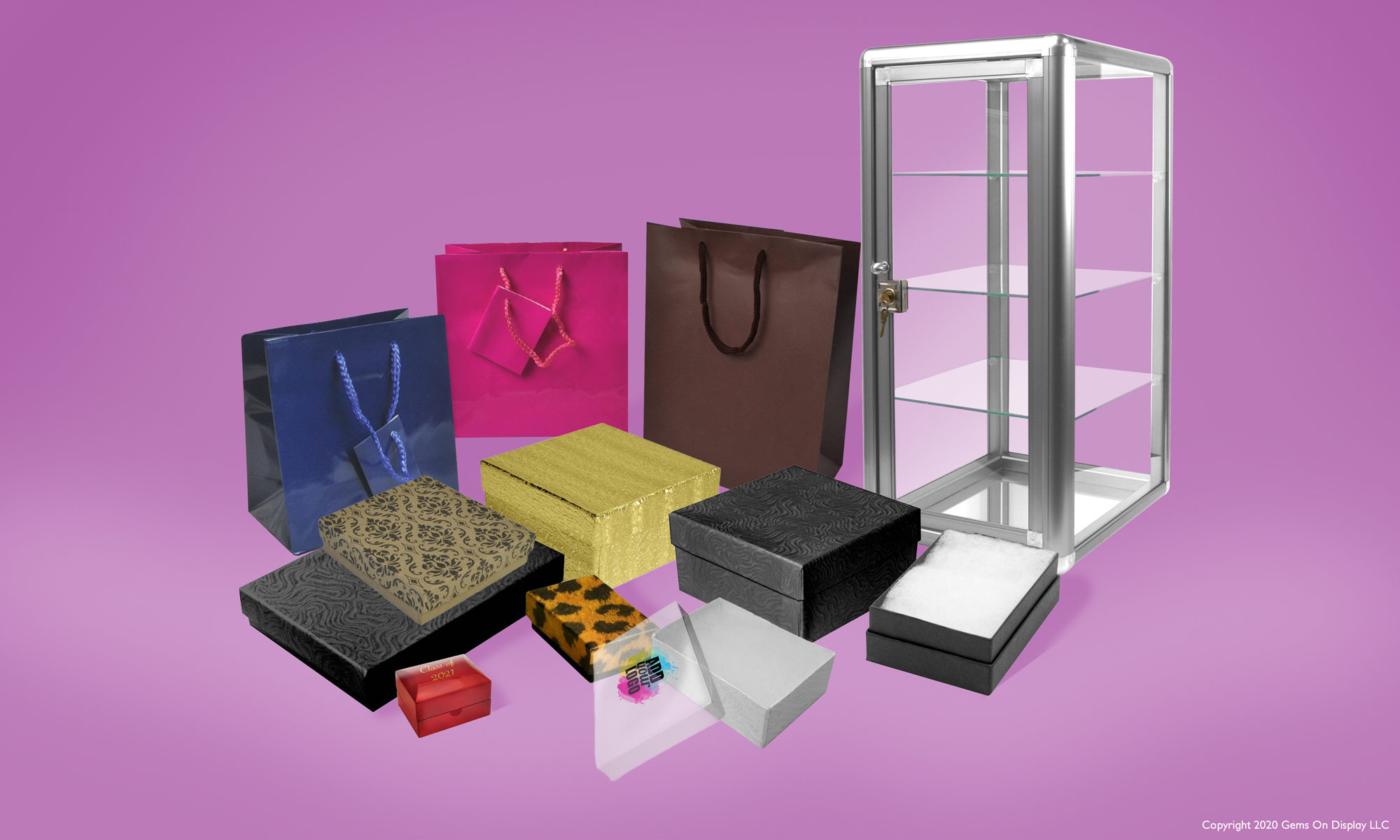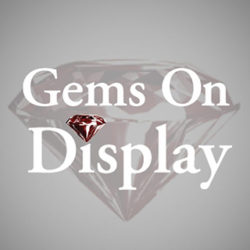
Jewelry is more than just an accessory; it is an expression of artistry, heritage, and personal style. While the craftsmanship of a piece is undoubtedly important, the way it is presented can significantly enhance its perceived value and allure. Whether you are a jeweler, a retailer, or an individual looking to display your collection, mastering the art of jewelry presentation is key to making a lasting impression.
The Importance of Jewelry Presentation
Presentation plays a crucial role in how jewelry is perceived. A well-displayed piece can captivate customers, evoke emotions, and even influence purchasing decisions. Effective jewelry presentation enhances the aesthetic appeal, highlights intricate details, and conveys a sense of exclusivity.
Elements of Effective Jewelry Presentation
1. Choosing the Right Display
The type of display used should complement the jewelry piece it holds. Here are some popular options:
- Jewelry Stands and Holders: Ideal for necklaces, bracelets, and rings, stands provide structure and visibility.
- Display Trays and Cases: These are perfect for organizing multiple pieces while maintaining a luxurious appeal.
- Bust Displays: Often used for necklaces, these mimic the human form and enhance visual appeal.
2. Lighting for Maximum Impact
Proper lighting is essential in showcasing the brilliance of gemstones and metals. Consider the following lighting techniques:
- LED Lighting: Provides a bright, cool light that enhances sparkle and clarity.
- Warm Lighting: Ideal for gold and vintage jewelry, as it adds warmth and depth.
- Spotlights: Used to direct focus on key pieces and create a dramatic effect.
3. Color and Background Selection
The backdrop of a jewelry display should contrast with the pieces to make them stand out. Common choices include:
- Velvet and Suede: These add a touch of luxury and prevent scratches.
- Neutral Tones: White, beige, and gray are commonly used to keep the focus on the jewelry.
- Dark Backgrounds: Black or navy blue can create a striking contrast, especially for diamonds and pearls.
4. Organization and Spacing
Cluttered displays can be overwhelming and detract from the beauty of the jewelry. Maintain proper spacing between pieces to allow each item to shine individually. Grouping similar styles or collections together can also help create a cohesive and visually appealing presentation.
5. The Role of Packaging
Elegant packaging enhances the overall presentation and provides a lasting impression. Consider using high-quality boxes, pouches, and ribbons that reflect your brand’s aesthetic. Customization options like embossing or branded wrapping add a personalized touch.
Digital Presentation for Online Sales
With the rise of e-commerce, digital presentation is just as important as physical display. High-resolution images, 360-degree views, and lifestyle shots can help customers appreciate the fine details of a piece. Professional photography, along with compelling descriptions, can significantly boost online sales.
Final Thoughts
Jewelry presentation is an art that requires attention to detail, creativity, and an understanding of aesthetics. Whether displayed in a store, at an event, or online, a well-presented piece enhances its beauty and desirability. By investing in quality displays, lighting, and packaging, you can elevate the shopping experience and leave a lasting impression on customers and collectors alike.
Mastering the art of jewelry presentation not only showcases elegance and craftsmanship but also tells a story that resonates with admirers and buyers.

